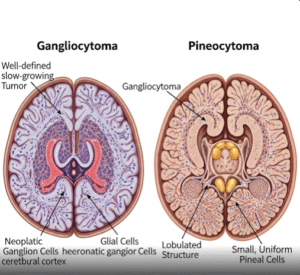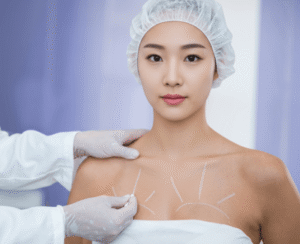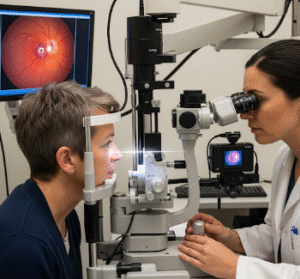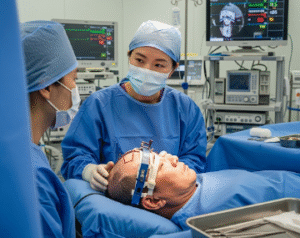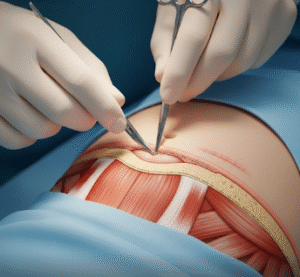Overview
A chalazion is a small, painless lump or swelling on the eyelid caused by a blocked meibomian (oil) gland. While it is usually benign, it can cause discomfort, cosmetic concerns, or visual disturbance if large. In Korea, ophthalmology clinics provide effective diagnosis and treatment, including non-surgical and surgical options.
Symptoms
- Painless, firm lump on the eyelid
- Swelling or mild redness
- Possible tenderness if inflammation occurs
- Blurred vision if the chalazion presses on the eyeball
- Occasional tearing or irritation
- Recurrent chalazia in chronic cases
Causes
- Blockage of the meibomian gland in the eyelid
- Chronic inflammation of eyelid glands (blepharitis)
- Poor eyelid hygiene
- Skin conditions such as acne rosacea
- Hormonal changes affecting oil gland function
- Previous chalazion or stye increasing recurrence risk
Risk Factors
- Chronic blepharitis or seborrheic dermatitis
- History of eyelid infections or styes
- Poor eyelid hygiene
- Hormonal imbalance
- Diabetes or immunosuppression
- Age (common in adults but can occur at any age)
Diagnosis
In Korea, chalazion is diagnosed using:
- Physical examination of the eyelid
- Slit-lamp examination to assess size, location, and inflammation
- Patient history of recurrent eyelid lumps or infections
- Differential diagnosis to rule out eyelid tumors or cysts
Prevention
- Maintaining eyelid hygiene with gentle cleaning
- Managing underlying blepharitis or skin conditions
- Avoiding rubbing eyes or touching eyelids with dirty hands
- Regular eye check-ups for recurrent cases
- Warm compresses at early signs of gland blockage
Treatment Options in Korea
- Conservative Management
- Warm compresses to promote gland drainage
- Gentle eyelid massage
- Antibiotic ointments if secondary infection is suspected
- Observation for small, painless chalazia
- Medical Treatment
- Steroid injections in selected cases to reduce inflammation
- Treatment of underlying blepharitis or skin conditions
- Surgical Treatment
- Incision and curettage for persistent or large chalazia
- Performed under local anesthesia in ophthalmology centers in Korea
- Minimally invasive procedures to prevent recurrence
- Follow-Up and Supportive Care
- Regular monitoring for recurrence
- Education on eyelid hygiene and early intervention
- Ophthalmology follow-up for chronic or recurrent cases



